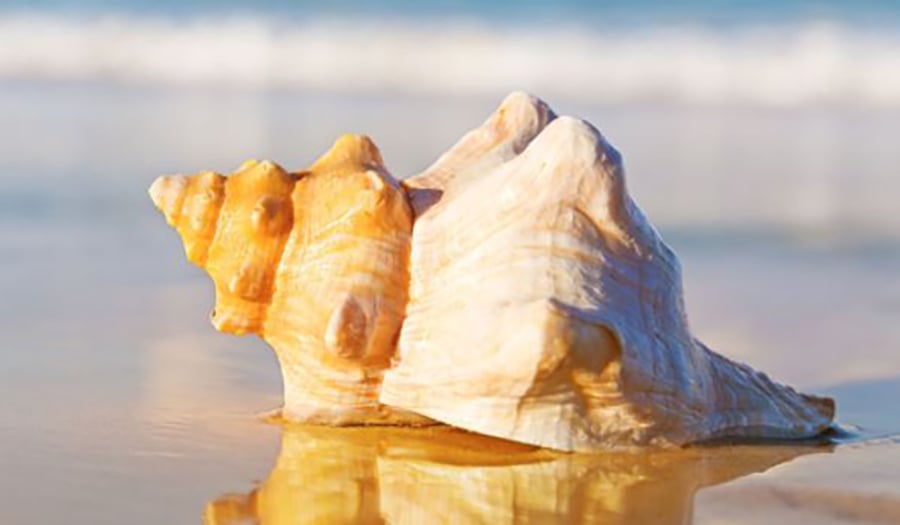For the most part, every human action generates an impact on ecosystems. Everything we do or stop doing is relevant to the environment, and we should at least be aware of our actions and how they are reflected in the well-being of the planet and therefore what we must do to minimize negative impacts.
We already know that the beaches are areas located between the land and the sea where sediments accumulate, in addition to being a space where the population can go for their enjoyment and well-being, it has the function of defending the coast from the possible impacts of the sea and it is an area for many species of wildlife.
One of the problems that overwhelm the coastal ecosystems and that has gone almost unnoticed for decades, is the collection of stones and shells on the beaches. This is a practice that most people think is common and harmless; however, it generates serious environmental problems. The shells provide calcium carbonate that keeps ecosystems stable, providing food for some animals and plants. In addition, shells help control soil erosion and allow some algae, plants, sea sponges and other species to adhere to them.
The main negative effects caused by the extraction of shells and sand from the beaches are:
- Shells are the current home or future home of some species. Although they appear abandoned on the beaches, shells can host several species at any time.
- The shells are part of the composition of the beaches, over the years they end up being pulverized and being part of the sand, contributing their minerals and their contribution to the soil.
- The amount and composition of sand can affect several species. Some marine and terrestrial species spend part of their life cycle in the sand such as crabs that live under the sand or the entire reproductive process of sea turtles.
- With the swell, the sea generates changes in the soil, bringing new nutrients to the seabed to feed multiple species. A strong change in the amount of sand on the coasts could negatively affect this dynamic.
- The beach serves to protect us. The beach is a protective barrier that mitigates risks of marine phenomenon dangerous to humans.
So when you go to visit any beach, be a responsible tourist. The best memory to take away from the beaches is a photograph with your loved ones, and not the sand or the shells, it is there where they belong and have their function.



